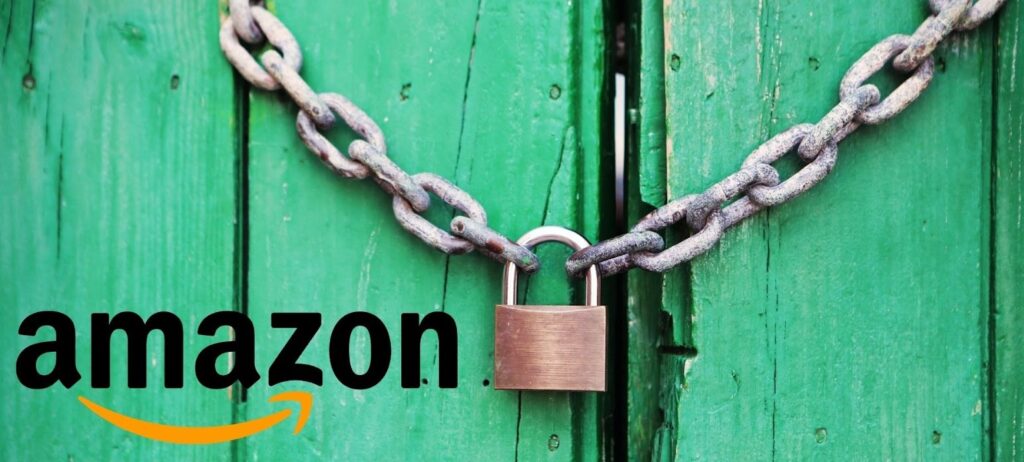“It won’t happen to me,” thinks every second Amazon entrepreneur. But unfortunately, account bans happen much more often than you might think. In most cases, the owners seem to be “not a bit worried” because they have followed all the rules and have not crossed the law.
However, let’s be honest: did you read the user agreement for sure or did you just sign it?
Let’s take a look at why your Amazon account can be blocked and outline preventive measures.

1. Entrust verification to professionals
In theory, registering an account on Amazon shouldn’t be difficult. In practice, however, entrepreneurs who decide to do it on their own and without much knowledge spend months trying in vain.
The platform is as strict as possible about standardising documents. And the main difficulty is that the format of utility bills in our countries and in the United States is radically different.
You can get a block even for translating “Misto Odesa” instead of “Odesa city”.
2. Set up a proxy
Amazon carefully monitors compliance with the rules and prohibits you from having multiple accounts.
Sometimes the system goes overboard and blocks you even when you create a second user from your IP. Simply put, if you sell on Amazon and use your home computer for this purpose, do not register an account for your relatives/friends/neighbours from your connection.
The platform also tracks your MAC address, cookies, and plugins in your browser. Therefore, you have no chance to bypass the system and register multiple accounts from one IP. This also applies to situations when you decide to create a new account to replace a blocked one.
3. Keep an eye on the metrics
Amazon is very customer-centric when it comes to buyers. Very often, this is the reason for blocking: the platform believes that you are not a good enough seller. For example:
Here are some tips on how to reduce the risk of account blocking:
Unfortunately, business on Amazon requires active participation of the owner, it is far from a passive model. Try to devote time to the account yourself or outsource it.
4. Read the warnings
Most often, Amazon warns about possible blocking, but not all victims notice them.
It’s important to note that you don’t immediately receive a Banned status. Initially, your account is identified as Suspended, which means that Amazon has questions for you and needs to be resolved immediately. If your actions don’t resolve the issue, you’ll be moved to the Denied category for further consideration of your appeals.
5. Follow the rules
It’s trite but effective. Amazon prohibits offering used goods as new, counterfeiting brands, and, of course, selling anything that is prohibited by US law and internal regulations. And herein lies an important nuance – Amazon does not provide a complete list of “prohibited” items, and sometimes there are quite innocent items.
Should you worry if your account has been blocked? No. In most cases, you will be able to restore it, but only if you have entered the correct identification data.